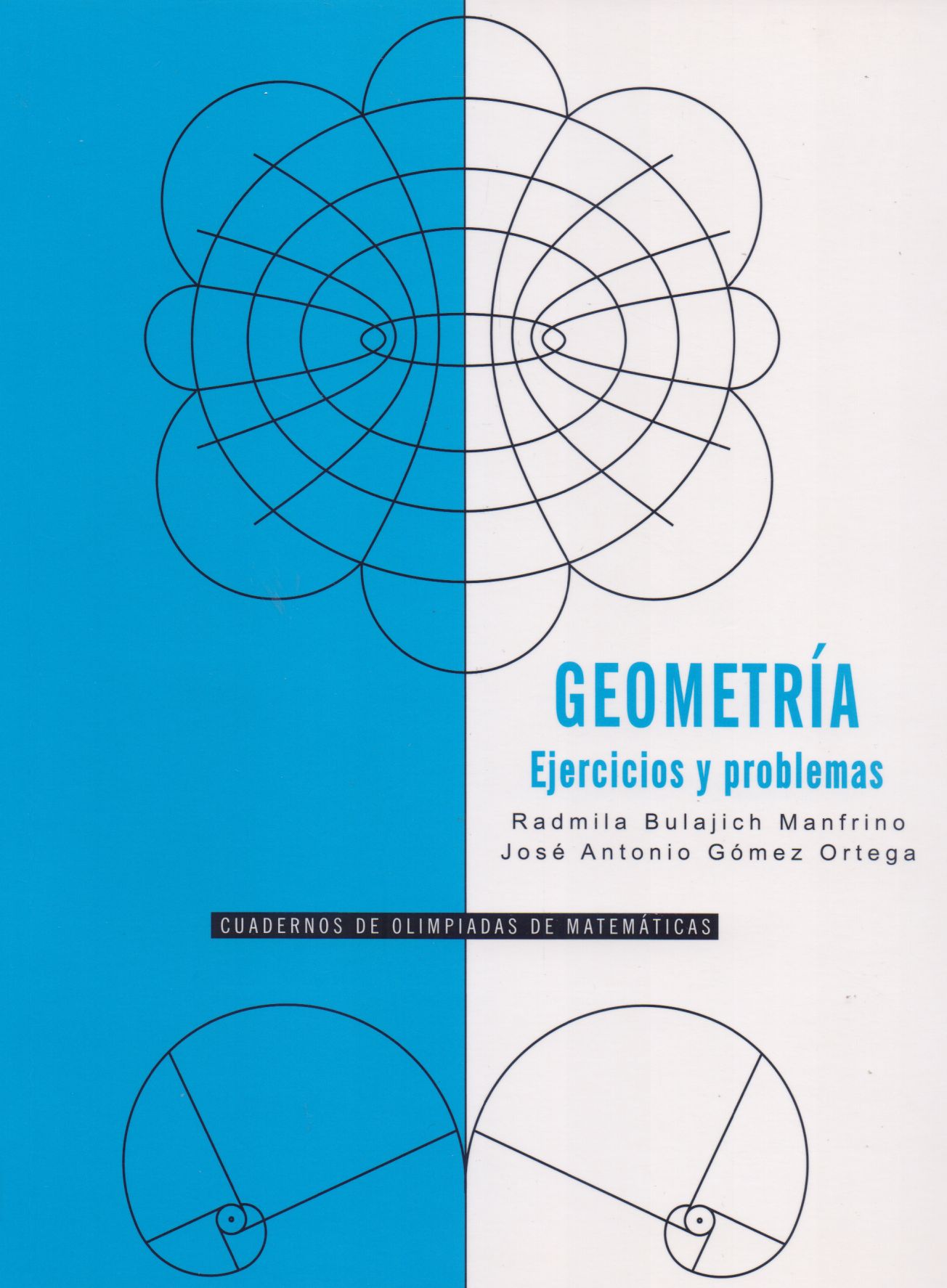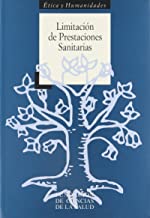Libros relacionados
 |
Guía Práctica Contra la Obesidad Infantil Dra. Ma. Eugenia A. Ibarzábal Ávila; Dr. José A. Hernández M Bonilla Artigas Editores |
 |
Geometría. Ejercicios y Problemas Bulajich Manfrino, Radmila / Jose Antonio Gomez Ortega. Olimpiada Mexicana de Matematicas. Sociedad Matema |
 |
Métodos de Investigacón: Fundamentos de una Práctica Clínica Basada en la Eviden Hurley, Wendy / Denegar, Craig / Hertel, Jay Lippincott Williams And Wilkins |
 |
Obesidad: Consideraciones Desde la Nutriología Suverza, Araceli / Haua, Karime Mc Graw Hill Educacion |
 |
Psicologia y Salud Vol. 26 Número 2 Julio-Diciembre 2016 Instituto de Investigaciones Psicológicas de la U. V. Universidad Veracruzana |
 |
Educación Para la Salud Vargas Domínguez, Armando / Palacios Álvarez, Patricia Grupo Editorial Patria, S.A. de C.V. |
 |
Educacion Para la Salud, Cuidado Personal y Bienestar Social Sanchez Mora Ma. Del Carmen Santillana Editorial |


|
Título: Physique, Fitness, And Performance | |
| Autor: Battinelli Thomas | Precio: $1755.00 | |
| Editorial: Crc Press | Año: 2007 | |
| Tema: Ejercicios, Salud, Guias | Edición: 2ª | |
| Sinopsis | ISBN: 9780849391972 | |
| Totally revised and updated, this second edition of the well-received Physique, Fitness, and Performance retains the unique integrated approach of its predecessor, examining the relationship of structure to function in human performance. Far surpassing the limited focus of standard exercise and fitness books, it combines the morphological study of physique relative to body structure, body size and body composition with the applied interaction of muscular, cardiovascular, motor, and metabolic system capacities, abilities, and skills developed and acquired through exercise and training programs.
Establishing a background and history for the current prevalent interrelationships between physique and physical performance, the book begins by outlining the morphological, physical, motor, and metabolic component areas of study involved in physical training. Part One introduces the study of the structure-function relationships, relating body structure, size, and composition to fitness and physical performance. Part Two and Part Three present an overview of the quantitative and qualitative study of physical and physiological conditioning, motor learning, and motor control, specifically regarding the development of motor skill within general/open loop and specific/closed loop parameter guidelines. It also covers fatigue and its physiological and psychological effects on training processes. Part Four explores nutrition and the utilization of carbohydrates, fats, proteins, water, vitamins, and minerals during physical training. It includes an overview of lipids, lipoproteins, cholesterol, and atherosclerosis; dietary goals and guidelines; and risk factors relating to heart disease and obesity within health and fitness parameter guidelines. Finally, extensive appendices present the pertinent figures, tables, and forms used in evaluation and programming. Including chapter summaries, glossaries, and references, as well as detailed and extensive appendices for measurement, assessment, and nutrient intake guidelines, Physique, Fitness, and Performance, Second Edition provides a unique extended research base for exercise physiology professionals. |
||
Librería Bonilla SA de CV © Todos los derechos reservados. 2019
Última actualización: Jul 2019





